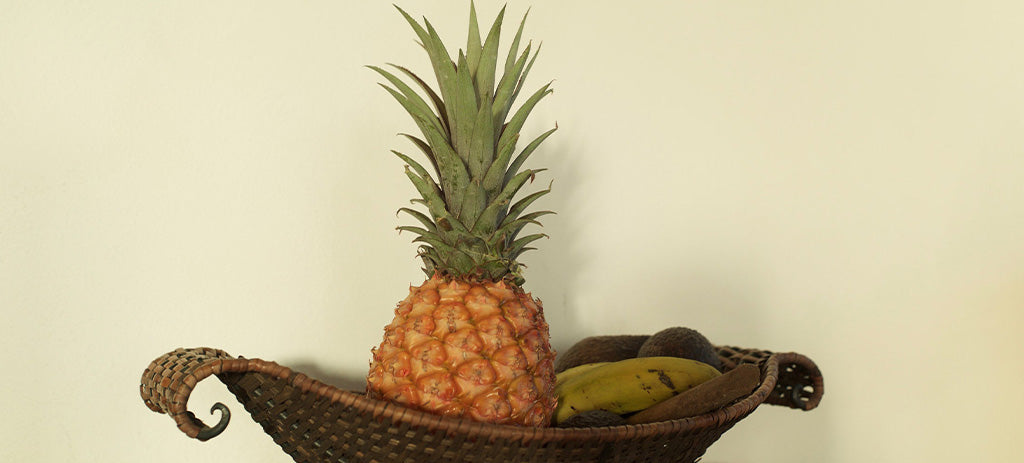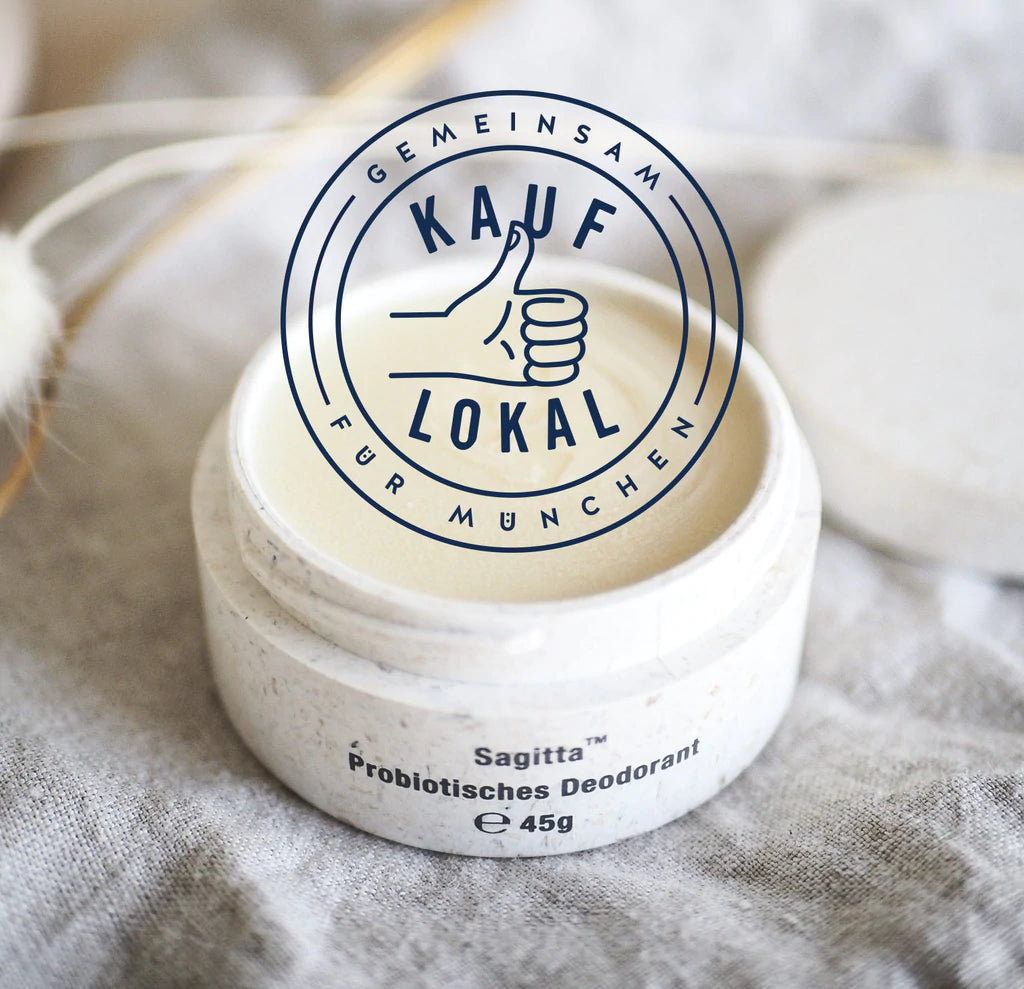The gut basics – the microbiome

When we think about what the human body accomplishes on a daily basis and the complex biochemical processes it carries out, it is fair to say that our body is a marvel of nature. We humans like to define ourselves by our talents and abilities and perceive our body as an individual entity. An entity that functions completely independently and autonomously in our perception. However, recent research has shown that humans are much more than just individual entities - humans are walking ecosystems.
In fact, billions of microorganisms - also called microbes - live on or in our bodies. These include bacteria, fungi, viruses, and other organisms. Hardworking little helpers that we should not dismiss, as our body cannot function optimally without them. The majority of microorganisms live in the gut - in the colon, to be precise. The different populations of bacteria are referred to as the gut flora or "microbiota", while "microbiome" is the term for the entirety of microorganisms including their genes. Confusing? Yes, because the definitions overlap and the two terms are often used interchangeably. To illustrate a bit: when we talk about specific microorganisms such as the beneficial probiotics Bifidobacteria or Lactobacilli, we are talking about the microbiota or gut flora. And when we refer to the microbiome, we are talking about the approximately 100 billion bacteria in our gut, composed of 400-1800 different strains and can easily have a total mass of 2kg! This means that the microbiome makes up about 1-3% of our body weight. Quite a lot!
And what do we need the microorganisms for? The microbes perform various tasks and support our gut by strengthening the immune system, unlocking nutrients, producing vitamins and hormones, and providing protection against pathogens. Research has also shown that a "secret dialogue" takes place between the gut and the brain, also known as the gut-brain axis. This means: the gut has a whole range of tasks and is not simply involved in "digestion". The microbiome is therefore often seen as another organ and referred to as the "second brain".
To stay healthy and fit, we must maintain this delicate balance in the microbiome. Microorganisms are easy to manipulate - meaning they quickly respond to changed circumstances and adapt. Although science is still in its early stages here and has not yet explored all the secrets of the microbiome, we all know today that a balanced diet consisting of the five food groups is not only beneficial for our health but also meets our nutrient needs. Now, the "Big Five" food groups are vegetables, fruits, grains, proteins, and dairy products. Unfortunately, chocolate is not on the list, which means that if one mainly consumes calorie-rich, low-fiber, and processed foods, it will also harm the gut flora in the long run. To illustrate this: if one does not eat vegetables, there is no need for cellulolytic bacteria that break down cellulose. These bacteria then die off, creating an imbalance, which also means less diversity. And thus, a "space" is created that can quickly be colonized by unfavorable bacteria. When the balance is so disrupted, we speak of gut dysbiosis. Impaired gut health can trigger allergies and autoimmune reactions and also lead to chronic diseases such as diabetes or gastrointestinal disorders. There are also many other factors that influence our gut flora, such as how we were born, our environment, our genes, stress, or medications like antibiotics.
Knowing that microorganisms respond so quickly to changes clearly gives us a great advantage. We can easily do something for our health by making small changes in our lives and changing our diet. For example, by consuming fiber-rich foods; foods that contain prebiotics and probiotics beneficial for the gut. And what is the difference? Prebiotics are a type of fiber that the human body cannot digest, and probiotics are living organisms like Bifidobacteria or Lactobacilli. Or simply put: Prebiotics are the food source for probiotics. Particularly rich in prebiotic fibers are chicory, bananas, asparagus, onions, garlic, leeks, apples, and also almonds. And fermented foods like yogurt, kefir, kimchi, sauerkraut, and kombucha are excellent sources of probiotics. While a balanced diet should be a priority, supplements with Bifidobacteria and Lactobacilli can support a healthy gut flora and promote the rebuilding of gut bacteria.





Comments